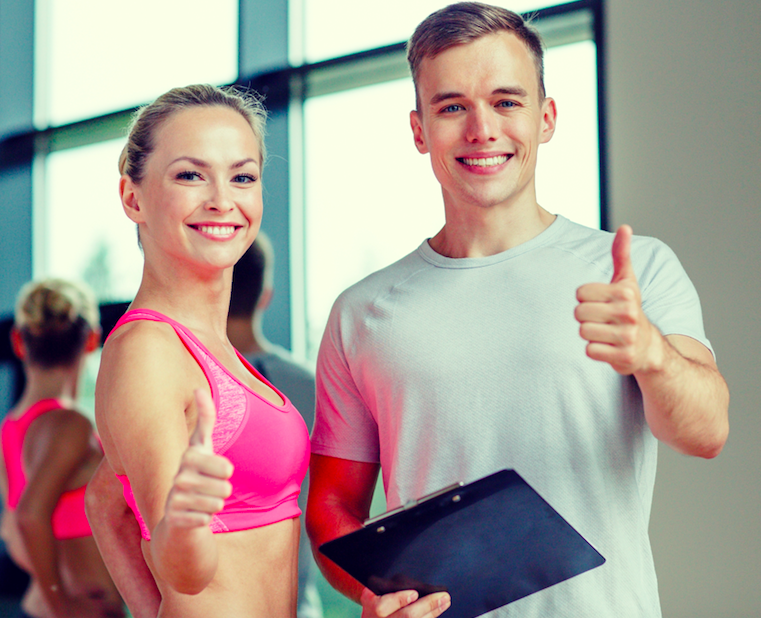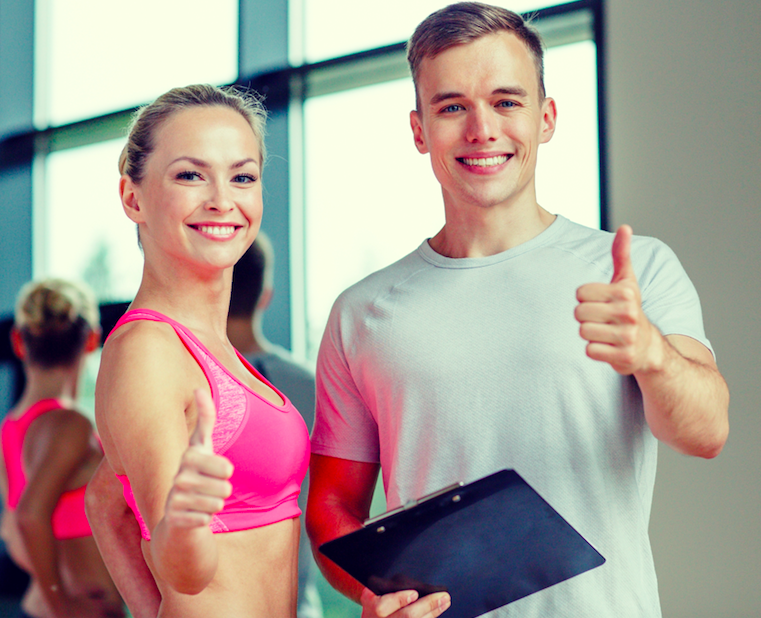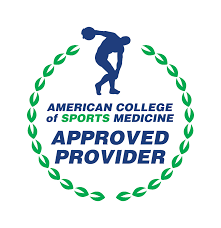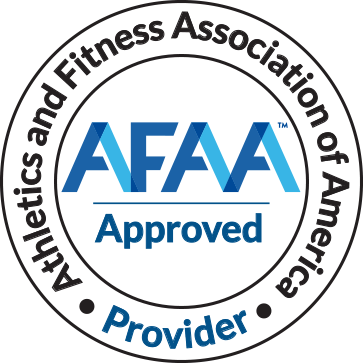Summer is upon us, and it's predicted to be one of the hottest on record in 2024. As temperatures soar, staying active while ensuring your safety becomes increasingly important. Exercising in hot weather can pose unique challenges, but with the right strategies, you can maintain your fitness routine without compromising your health. Here are some essential tips to help you stay safe and fit during this scorching summer.
1. Time Your Workouts Wisely
To avoid the peak heat of the day, schedule your workouts during the cooler parts of the day – early morning or late evening. The sun’s rays are less intense during these times, making it safer and more comfortable to exercise outdoors. If your schedule only allows midday workouts, consider indoor options like a gym, swimming pool, or even a well-ventilated room in your home.
Benefits of Morning Workouts:
- Cooler temperatures
- Increased energy levels throughout the day
- Improved mood and mental clarity
- Less exposure to air pollution, which tends to be higher later in the day
Benefits of Evening Workouts:
- Cooler temperatures as the sun sets
- Opportunity to unwind after a long day
- Potential for social interactions if exercising in a group setting
2. Stay Hydrated
Proper hydration is crucial when exercising in hot weather. Dehydration can lead to heat-related illnesses such as heat exhaustion or heat stroke. Drink plenty of water before, during, and after your workout. Consider sports drinks that replenish electrolytes if you're engaging in prolonged or intense exercise.
Hydration Tips:
- Pre-Workout: Drink 16-20 ounces of water at least two hours before exercise to ensure you're fully hydrated.
- During Workout: Sip 7-10 ounces of water every 10-20 minutes. If exercising for more than an hour, consider a sports drink to replace lost electrolytes.
- Post-Workout: Rehydrate with at least 24 ounces of water for every pound lost during exercise. Weighing yourself before and after can help determine the amount of fluid lost.
Additional Hydration Advice:
- Carry a water bottle with you at all times to remind yourself to drink frequently.
- Infuse your water with fruits like lemon, lime, or berries to make it more appealing.
- Monitor the color of your urine; light yellow usually indicates proper hydration.
3. Dress Appropriately
Wearing the right clothing can make a significant difference when exercising in hot weather. Opt for lightweight, loose-fitting, and moisture-wicking fabrics. Light-colored clothes can help reflect heat, keeping you cooler. Don’t forget a hat and sunglasses to protect your face and eyes from the sun's harmful rays.
Clothing Tips:
- Fabrics: Choose materials like polyester, nylon, or merino wool designed to wick moisture away from your skin.
- Fit: Loose-fitting clothes allow for better air circulation, aiding in sweat evaporation.
- Colors: Light colors such as white or pastels reflect heat rather than absorb it.
- Accessories: A wide-brimmed hat can provide shade, while UV-protection sunglasses safeguard your eyes.
4. Apply Sunscreen
Sunburn can hinder your body’s ability to cool itself and increase the risk of skin cancer. Apply a broad-spectrum sunscreen with an SPF of at least 30 to all exposed skin areas 15-30 minutes before heading outside. Reapply every two hours or immediately after swimming or excessive sweating.
Sunscreen Application Tips:
- Use about one ounce (a shot glass full) to cover your entire body.
- Pay attention to often-missed spots like ears, back of the neck, and tops of feet.
- Use a water-resistant sunscreen for activities involving water or heavy sweating.
5. Listen to Your Body
It’s crucial to be attuned to your body’s signals, especially in extreme heat. Symptoms such as dizziness, headache, nausea, rapid heartbeat, or unusual weakness may indicate heat exhaustion or heat stroke. If you experience any of these signs, stop exercising immediately, find a cool place, and hydrate.
Recognizing Early Warning Signs:
- Mild Dehydration: Thirst, dry mouth, and slight fatigue.
- Heat Cramps: Painful muscle cramps, especially in legs or abdomen, signaling overexertion.
- Heat Exhaustion: Heavy sweating, weakness, cold or clammy skin, fainting, and rapid pulse.
- Heat Stroke: High body temperature (104°F or higher), confusion, seizure, or unconsciousness. This is a medical emergency requiring immediate attention.
6. Adjust Your Intensity
High temperatures can elevate your heart rate and make your usual workout feel more strenuous. Adjust your exercise intensity by slowing your pace, incorporating more rest breaks, or reducing the overall duration of your workout. Gradually acclimate your body to the heat by starting with shorter, less intense sessions.
Tips for Modifying Your Routine:
- Interval Training: Alternate between high and low intensity to prevent overheating.
- Rest Breaks: Take frequent breaks to cool down and rehydrate.
- Shorter Sessions: Opt for multiple shorter sessions throughout the day rather than one long workout.
- Acclimatization: Gradually increase the duration and intensity of your outdoor workouts over 1-2 weeks to allow your body to adapt to the heat.
7. Try Water-Based Activities
Water-based exercises like swimming, water aerobics, or paddleboarding are excellent ways to stay active while keeping cool. These activities provide a full-body workout without the added stress of overheating, allowing you to enjoy your exercise routine even on the hottest days.
Benefits of Water Exercises:
- Low Impact: Gentle on joints and suitable for all fitness levels.
- Cooling Effect: Water helps regulate body temperature, reducing the risk of overheating.
- Variety: Activities like kayaking, surfing, or aqua yoga offer diverse and enjoyable exercise options.
8. Know the Signs of Heat-Related Illnesses
Understanding the symptoms of heat exhaustion and heat stroke can be lifesaving. Heat exhaustion symptoms include heavy sweating, weakness, cold or clammy skin, and fainting. Heat stroke, a more severe condition, can cause high body temperature, confusion, and unconsciousness. Seek medical attention immediately if you or someone else experiences these symptoms.
Preventive Measures:
- Buddy System: Exercise with a friend who can help monitor each other's condition.
- Cooling Strategies: Use cooling towels, ice packs, or take cold showers post-workout.
- Environmental Awareness: Be aware of the heat index and humidity levels, which can impact how your body handles heat.
With the summer of 2024 expected to break temperature records, taking precautions is essential to stay safe while maintaining your fitness regimen. By timing your workouts wisely, staying hydrated, dressing appropriately, and listening to your body, you can enjoy a healthy, active summer despite the heat. Always prioritize your health and well-being, and remember that modifying your routine to adapt to the weather is not only smart but necessary.







